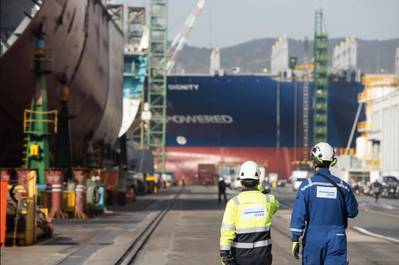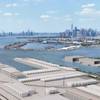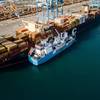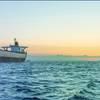DNV Updates Class Rules for Ships and Offshore Structures
Classification society DNV has published updates to its rules for classification of ships and offshore structures.
The new rules—published on July 1 and slated to enter into force on January 1, 2025—support the development and deployment of decarbonization technologies. In addition, new in-operation class notations seek to bring clarity to the responsibilities of class customers for notations that have a mix of design and operational requirements, DNV said.
“One of the most striking aspects of the maritime industry today, is the huge diversity of challenges and opportunities where our customers are looking for classification support,” said Geir Dugstad, DNV Maritime’s Global Technical Director. “It’s not just new fuels, but ways for owners and managers to demonstrate their own efficiencies, new vessel types to unlock new markets, through to advanced technologies like on-board carbon capture.”
With the in-operation notations, DNV has developed the first classification framework with dedicated Fleet in service notations that enables owners and operators to showcase how they are differentiating themselves in the market by deploying advanced procedures and reporting processes for greater safety and efficiency. The new notation clearly shows the split of responsibilities between the yards for the new building phase and the owners and operators in the operational phase of the vessel.
DNV has also introduced two new class notations: Gas fueled hydrogen and OCCS (for carbon capture and storage on board vessels).
While hydrogen is a potential zero-carbon fuel for shipping it is presently not covered by international regulations. The Gas fueled Hydrogen notation, sets out the requirements for the ship's fuel system, fuel bunkering connection, and consumers, providing owners a practical path to develop hydrogen fueled newbuildings.
Onboard carbon capture and storage (OCCS) systems are currently being trialed and offer a way for vessels to reduce emissions and contribute to greater sustainability and regulatory compliance. The OCCS notation offers a framework and requirements for these new systems, including exhaust pre-treatment, absorption, after-treatment systems, liquefaction, CO2 storage, and transfer ashore.
Additional highlights of the rules include:
- The new BOG (boil-off gas) notation provides requirements for the design and installation of pressure and temperature control systems for liquefied gas tanks,
- New notation for the transport of live fish creates a new vessel type for this growing industry,
- New class notation for stability pontoons provides guidance and requirements for pontoons used in heavy lift operations to increase stability,
- Introduction of a new qualifier “NC” for the notation Hatchcoverless, enables vessels not intending to transport combustible materials to reduce investments in fire detection and fire-fighting equipment,
- New service notation for Floating spaceports sets requirements for units and installations intended for launch and/or recovery of spacecraft,
- New qualifier “EV” for the class notation Additional fire safety, specifically developed to target vessels transporting electrical vehicles,
- Revised rules and standards for diving systems aligned with IMO 2023 diving code.















